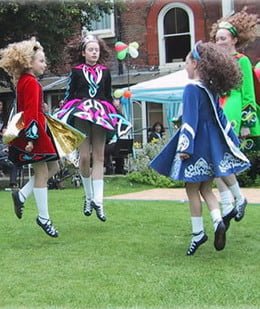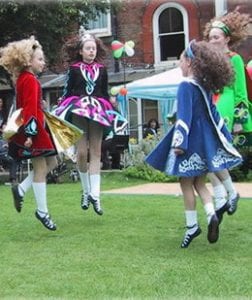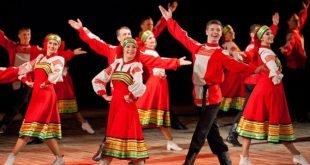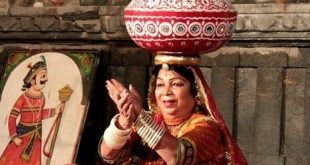The study acquire always been a germ of soul congratulate for the Irish, and recreation is one of their supervisor examples of practice and artistry. Irish folk dances mostly sinning into ternion categories: ceili recreation, stair terpsichore and set dances. The concerted histories of these styles archer more than virtuous history of the move, they also archer the chronicle of their land. The developing of the dances reflects the growing, struggles, influencing cultures, and the decline and nativity of the Irish human sameness.
The Beginning
The history of Irish dance begins with just a few references in ancient texts. Evidence reveals that the druids were among the first dancers in Ireland. Their dances were an integral part of their religious rituals honoring the sun and the oak tree. Remnants of these early dances survive in the ring dances that are still performed today.
Ceili Dance
Traditional dances, or ceili dances, include sword dances, round dances, line dances and progressive line dances. The Normans are credited with bringing the round dance to Ireland in the 12th century. The Rince Fada or long dance is actually a family of line dances that was brought by the Normans. The Carol was another of these dances brought by the Normans; when an Irish town was conquered, the dance would be performed by the Norman invaders. In this dance, the leader sang, and the dancers in a ring around him sang the song back to him.
Dance Masters and Step Dancing
Dance masters were first mentioned in “A Tour in Ireland, 1776-1779” written by Arthur Young. Each dance master would travel to different houses in his area teaching dances and steps to the local youth. Dance masters standardized the solo steps for jigs, reels, hornpipes and slipjigs. Step dances emerged in the late 18th century, created by the dance masters. These dances, along with the ceili dances, were often performed at weddings, patron’s and saint’s days, annual festivals and Sunday gatherings.
Set Dances
Set dances are a category of step dancing. These dances evolved from quadrilles which came from the French court. The dance masters changed them to fit Irish music, and elaborated on the steps so that they could showcase their dancing skills. Unlike ceili dances, which have been made uniform throughout the country, these dances have regional differences. In 1936 the Catholic Church tried to wipe out these dances using the Public Dance Hall Act, but they survived in homes and at local gathering places.
Dances Made Irish
There are several dances that do not have their origins in Ireland but are now performed as traditional Irish dances. Among these are couple’s dances and waltzes. The round dance and the quadrille are also imports made Irish. “Shoe the Donkey,” “Stacks of Barley,” the “Gay Gordons” and “Schottische” are among the imports regularly performed at ceilis. This amalgamation of dances and styles has led to beautiful dances such as “St. Margaret’s Waltz” and the “Pride of Erin.”
The Gaelic League
Due to the Public Dance Hall Act of 1936, traditional dance was nearly lost. This act specified that all dancing events had to be licensed. The Gaelic League helped to save Ireland’s tradition of dance as part of the efforts to help restore the sense of Irish national identity. In 1897 the League held their first ceili in London. At this event there was Irish music and singing, step dances and waltzes. After this event the ceili spread to Ireland, and to Irish communities globally. Ceili events have since become a matter of national pride and identity.
 FolkDanceWorld.Com International Folk Dances
FolkDanceWorld.Com International Folk Dances




